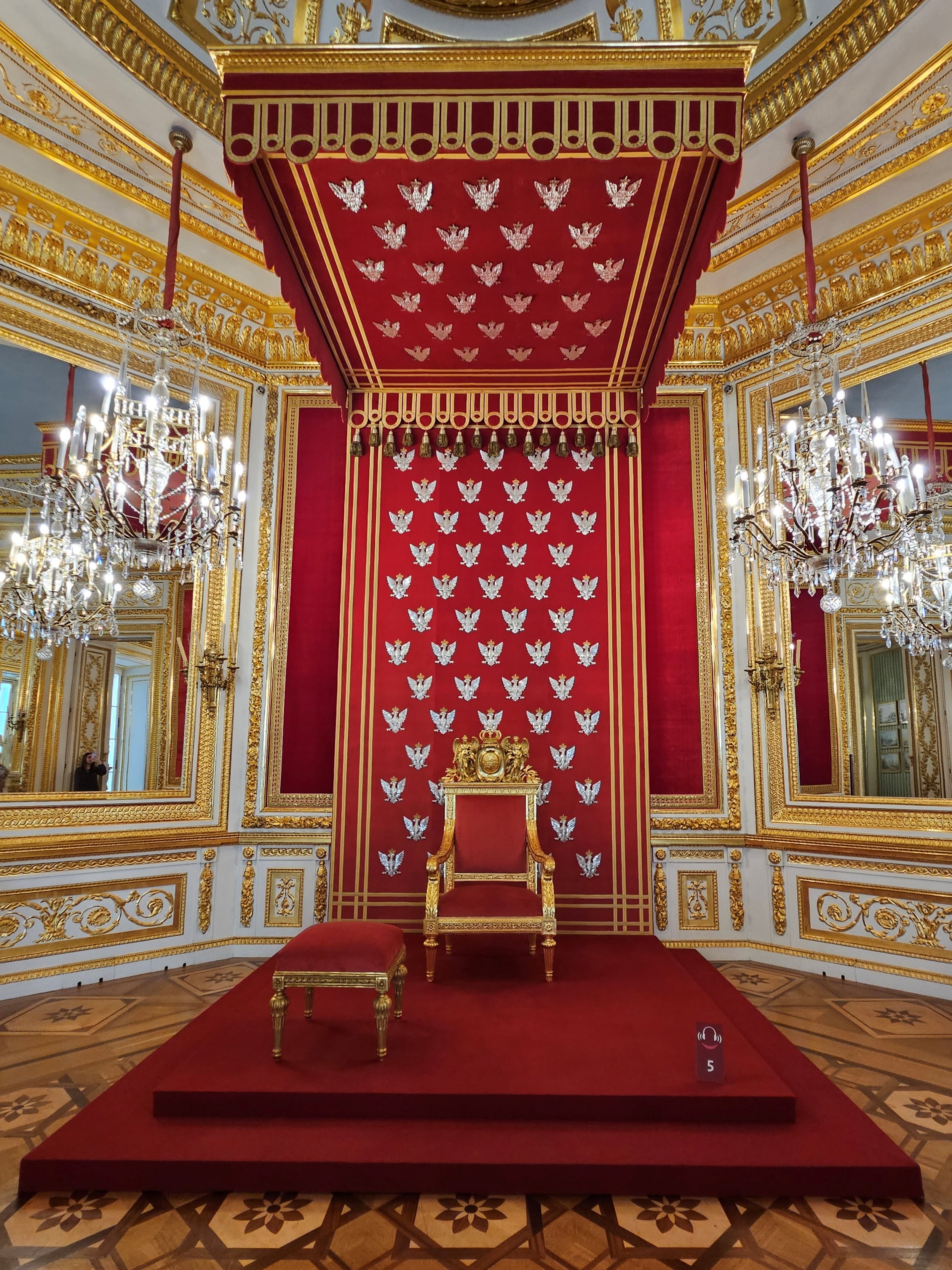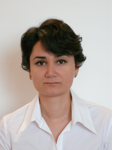Poland: A Disputed Territory
On secondment for a month at the University of Warsaw, Ani Lecrivain and Arpine Kostanyan Yerevan-based NGO Educational & Cultural Bridges, spent time studying the history of Poland and exploring the museums and palaces of Warsaw.
Anyone born in the late eighteenth or nineteenth centuries in the territory currently held by Poland, was not born a Polish citizen. The explanation is simple: from the end of the 18th century, Poland disappears completely from the European map, shared between its three powerful neighbours: the Russian Empire, Prussia and Austria-Hungary.
Pic 1: A carved stone frieze exhibited in the Museum of Warsaw
At the end of the 16th century, the Polish monarchy became weak and power passed into the hands of feudal lords more concerned with their own interests than those of the country. When Poland, surrounded by hereditary enemies, needed strong leadership, the country disintegrated. As a result, by the end of the 18th century, Polish populations had found themselves scattered over three territories. The main population became a part of the Russian Empire. This region was called the Kingdom of Poland and the king was the Tsar.
Pic 2: A wall bomb-damaged during World War II, Warsaw
The German part, Pomerania and Poznan, underwent forced Germanization in the 19th century. In the Austro-Hungarian Empire, in Western and Eastern Galicia, the situation was better for the population. And it was from there that the forces that allowed the rebirth of Poland in 1918 were organized. Zamek Krolewski (the Royal Castle Museum in Warsaw) traces the history of Poland from the 13th century to the present day. The Museum explains the destruction that the country underwent especially during the Second World War when most of the city of Warsaw was destroyed, including the Royal Castle.
There are few buildings today that evidence the extent of the destruction, but it is possible in the streets of Warsaw to see bombed facades dating from this period. Old Warsaw is revived in museums (especially in the Muzeum Warszawy that tells the city’s history since its foundation) and in churches, of which there are many in the city. Following the prestigious Royal Way - rue Krakowskie Przedmiescie - visitors encounter sumptuous baroque churches and elegant palaces (Palac Staszica, Palac Czapskich, Palac Prezidencki…), built by courtiers anxious to get closer to power.
Pic 3: The Throne Room in the Royal Castle in Warsaw
The University of Warsaw, the largest university in the country, was established in 1816, and its main campus (located near the Krakowskie Przedmiescie street) is a pleasant surprise with its beautiful planting and verdant trees. The cultural life of the city is rich with theatres, literary museums and concert halls. When the city of Warsaw was reborn, the whole country was able to develop despite the previous centuries of foreign occupation.
Pic 4: The Museum of Warsaw
The visit allowed us to understand, that from an economic point of view, in the 18th century, the occupied Polish territories were considered by the co-sharing powers as colonies. For Poland, this meant a lack of infrastructure, a lack of factories, the use of raw materials for the benefit of other capital cities and the non-formation of indigenous executives. From an industrial point of view, only Silesia with its mining basin and a metallurgical industry was developed. Lodz, on the other hand, had a textile industry. The Polish territories of the early 20th century had an essentially agricultural face with a plethora of labour. According to the 1921 census, 64% of the population was employed in agriculture (compared to 30% in France and 6% in Great Britain); there were two million landless and unemployed peasants, and another two million underemployed, hence the massive departure of Polish farmers and miners to Western Europe which lacked manpower after the First World War.
But despite the domination of foreign powers (Soviet and German included), and the wars that destroyed the face of the country; the Polish identity was not lost. The Polish language, despite a very high rate of illiteracy in the 19th and 20th centuries, was not lost. And Poland, like the deliberately dynamited Royal Castle, was rebuilt on the remaining foundations using fragments of saved and hidden architecture and culture, including a single golden eagle found in Canada.
Arpine Kostanyan has two masters degrees: in English language and American/British Studies (Yerevan State Linguistic University), and a Professional Masters Degree in Human Rights and Democratization from Venice Academy of Human Rights, jointly awarded by 41 leading EU Universities (Venice/Luxembourg). Arpine Kostanyan has been involved in the NGO sector since her time at University and in 2013 was one of the founders of Educational and Cultural Bridges. She has experience of working in international organizations including the United Nations, the Organization for Security and Co-operation in Europe, the Council of Europe, the European Union, IFES, UNESCO, the World Bank, the Court of Justice of the European Union, the European Court of Human Rights and the Peace Corps.
Ani Lecrivain is a doctor of comparative literature and the author of eight scientific articles and many reports. A certified translator, she is a legal expert interested in legal translation and the history of texts and documents. She has been actively involved in the work of Educational and Cultural Bridges since 2014, and shares her knowledge with young people through a variety of informal education projects.






